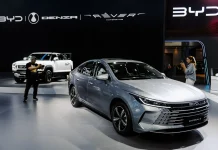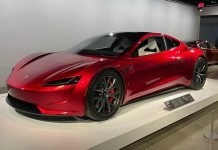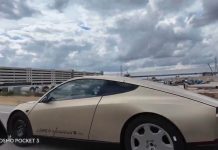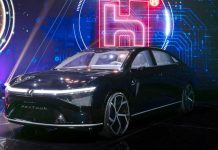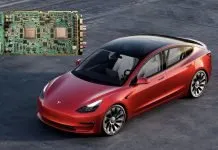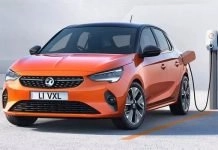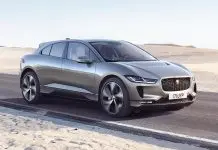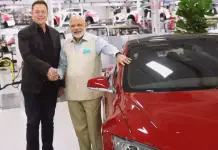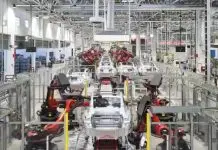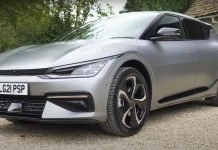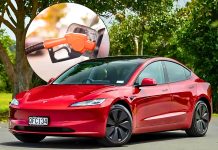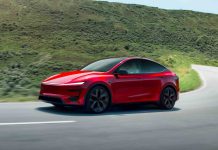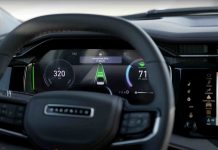The global leadership in electric vehicle technology compellingly belongs to China because Western automakers continue to struggle behind. In an interview with The New York Times, Jim Farley explained that China leads EV battery manufacturing and is “years ahead,” while Ford needs Chinese technology for competitive survival.
According to Farley and many other industry professionals, the EV industry in China functions at a distinctly superior level. The Chinese EV leader BYD under its CEO Wang Chuanfu claims that Chinese electric vehicles possess technology up to five years ahead of global auto manufacturers in each operational aspect.
The global EV market is experiencing increasing Chinese dominance because major Chinese automakers like BYD, NIO, XPeng, and Xiaomi have joined the electric vehicle market. Western automotive manufacturers, including legacy brands like Ford and Volkswagen, face growing pressure to bridge the technological gap.
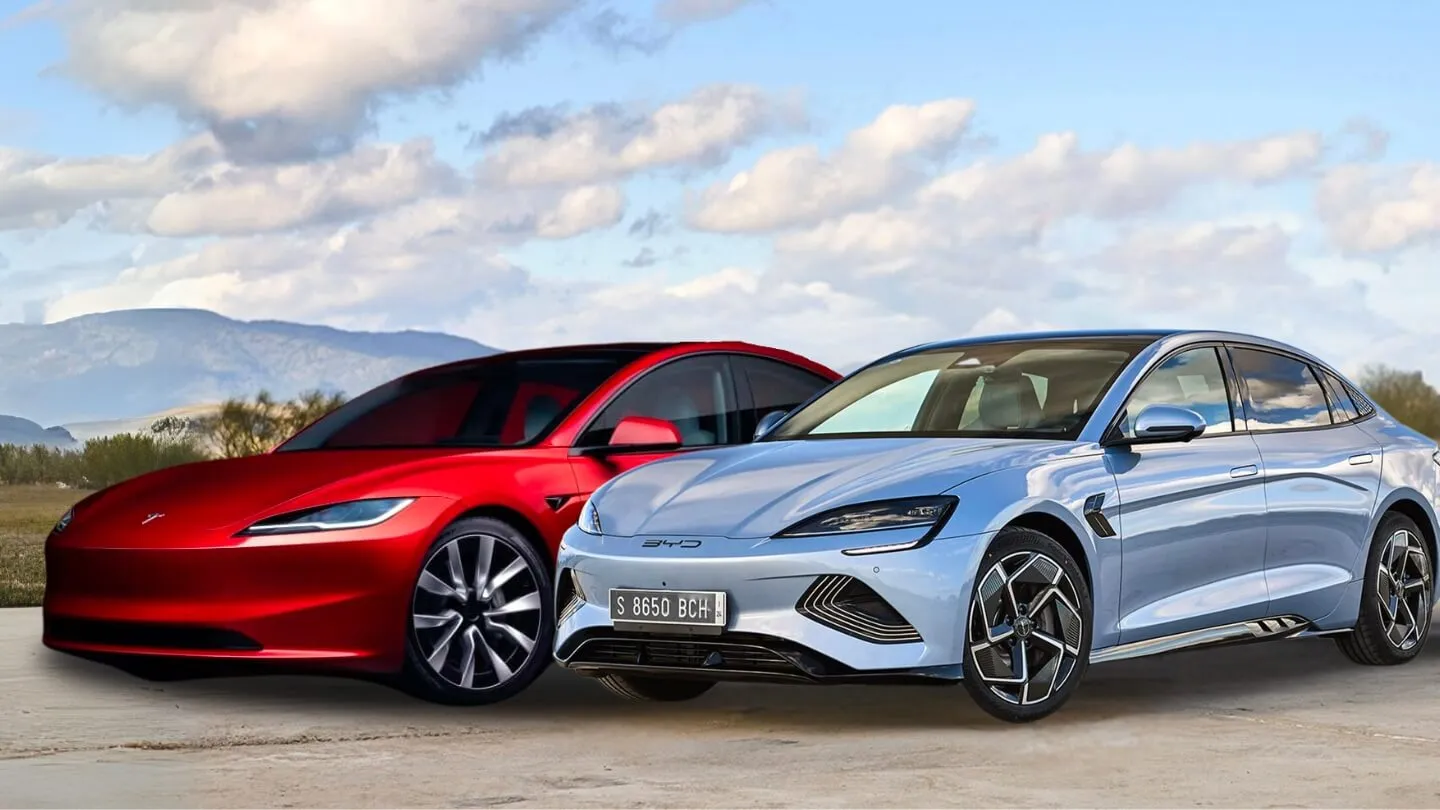
China’s Advantage: Superior EV Batteries and Vertical Integration
The Chinese hold a strong position in the industry largely because of their advanced battery product development. The Chinese companies CATL and BYD created innovative lithium iron phosphate (LFP) and sodium-ion batteries that perform better than lithium-ion batteries with improved efficiency, longer service time, and reduced expense.
Automakers operating in China have built vertical supply chains to support battery production after most Western automakers continue to buy their batteries from external vendors. The BYD creates both electric vehicles and their batteries that help the manufacturer operate independently from outside battery suppliers. Through this method, Chinese auto producers achieve affordable production expenses while retaining full management of both product quality and innovation.
Last year, in a podcast, Jim Farley himself acknowledged China’s lead in this sector by revealing that he has been driving a Xiaomi SU7 EV in the U.S. for six months and “doesn’t want to give it up.” His appreciation of this vehicle solidifies the idea that Chinese electric vehicles provide superior technology and driving features.
The Global Supply Chain Disadvantage
China maintains its primary position in electric vehicle production by controlling the global supply chains that produce essential battery materials, including lithium cobalt and nickel. China holds the most control over the mining and refining operations of critical battery materials, which grants its car manufacturers better market positions relative to North American and European competitors.
In comparison, the major Western automobile manufacturers confront challenges when attempting to build local production networks for batteries. The U.S. Inflation Reduction Act faces challenges to motivate domestic battery manufacturing because it requires multiple years until results become visible. Chinese car manufacturers maintain superior EV manufacturing volume that results in lower product prices than Western brands can match.
China’s EV Expansion into Global Markets
The Chinese EV manufacturers are currently aggressively expanding beyond their domestic market and moving into Europe, Southeast Asia, and Latin America. The European market has welcomed BYD and NIO as well as other Chinese companies with electric vehicles that cost less than traditional Western brands while using superior technology specs.
The intensive market expansion of Chinese EV manufacturers creates additional strain on traditional automobile manufacturers. The EV development investments made by Ford together with Tesla and Volkswagen remain behind Chinese competitors in terms of battery performance, manufacturing costs, and production efficiency.
Can Western Automakers Close the Gap?
The Western automotive sector requires faster innovation development, together with a stronger supply chain and more efficient manufacturing approaches, to compete with China’s EV business. Ford, together with other companies, has chosen to create strategic alliances with Chinese battery manufacturer CATL to obtain cutting-edge battery solutions.
The deeper cooperation between parties faces restrictions through regulatory and political factors. To decrease their technological dependence on China, both the U.S. and Europe have put in place policies that include placing trade restrictions on Chinese EVs while boosting their local automotive manufacturing.
The growth difficulties persist against Chinese competition for Western automobile industries. The fast rate of innovation within China suggests that global competitors need to boost their research and development investments to maintain their position.

